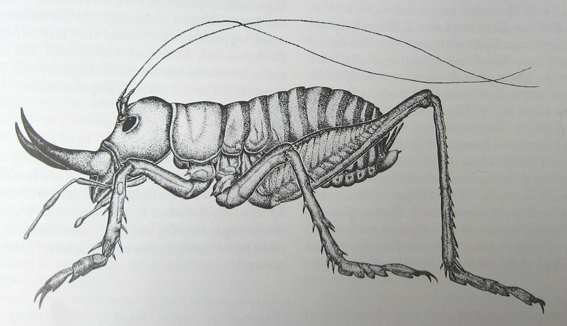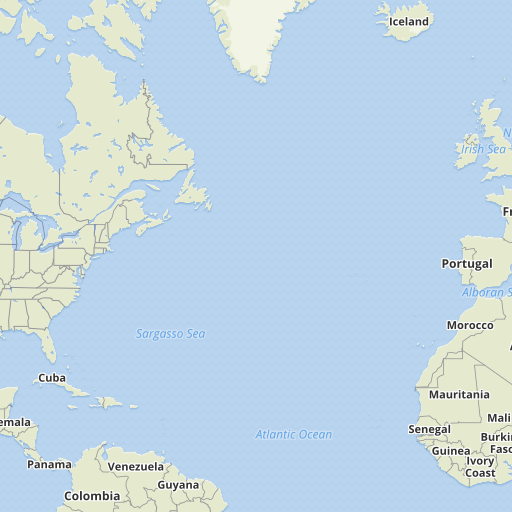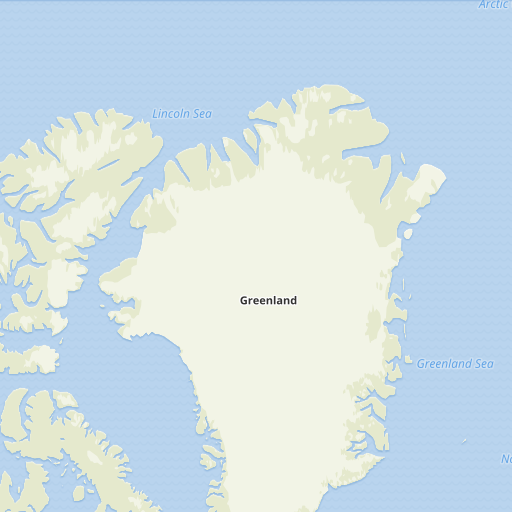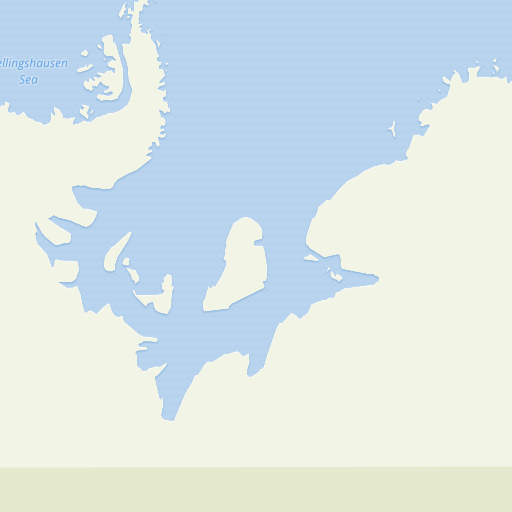species
Motuweta isolata Johns, 1997
Mercury Islands tusked weta

Type specimen
Holotype; male; 299f3768-1df3-4ca1-8cdb-3aaba83a1b45; deposited at: Museum of New Zealand Te Papa Tongarewa - Entomology (MONZ); New Zealand: Waikato: Milddle Island, Mercury Island Group
Nomenclature (8)
- Motuweta isolata Johns, 1997: 130, 137.
Holotype; male; 299f3768-1df3-4ca1-8cdb-3aaba83a1b45; deposited at: Museum of New Zealand Te Papa Tongarewa - Entomology (MONZ); New Zealand: Waikato: Milddle Island, Mercury Island Group
- Motuweta isolata Johns, 1997 in McIntyre, 2001
- ... Show all ... (4)
- Motuweta isolata Johns, 1997 in Trewick, Morris, Johns, Hitchmough & Stringer, 2012
- Motuweta isolata Johns, 1997 in Stringer, Watts, Thornburrow, Chappell & Price, 2014
Nomenclature references (8)
- Gibbs, G.W. (2001) Habitats and biogeography of New Zealand's Deinacridine and tusked weta species. In The Biology of Wetas, King Crickets and their Allies. Wallingford. pp. 35–55. Available at http://books.google.com/books?id=CFItJVfOFDAC
- Johns, P.M. (1997) The Gondwanaland weta: family Anostostomatidae (formerly in Stenopelmatidae, Henicidae or Mimnermidae): nomenclatural problems, world checklist, new genera and species. Journal of Orthoptera Research, 6, 125–138. Available at http://wetageta.massey.ac.nz/PDFs/Articles_from_Jo/Johns%201997.pdf
- ... Show all ... (4)
- Trewick, S.A., Morris, S.J., Johns, P.M., Hitchmough, R.A. & Stringer, I. (2012) The conservation status of New Zealand Orthoptera. New Zealand Entomologist, 35(2), 131–136. Available at http://www.tandfonline.com/doi/pdf/10.1080/00779962.2012.686318
- Watts, C., Stringer, I., Sherley, G.H., Gibbs, G.W. & Green, C. (2008) History of weta (Orthoptera: Anostostomatidae) translocation in New Zealand: lessons learned, islands as sanctuaries and the future. Journal of Insect Conservation, 12(3-4), 359–370. Available at http://www.springerlink.com/content/070rq45288631850/
Loading...
Loading, please wait.
Descendants and synonyms
Life zone and ecology data
Terrestrial
Stats
| Names | |||
|---|---|---|---|
| Rank | Total | Valid | Invalid |
| species | 1 | 1 | 0 |
















